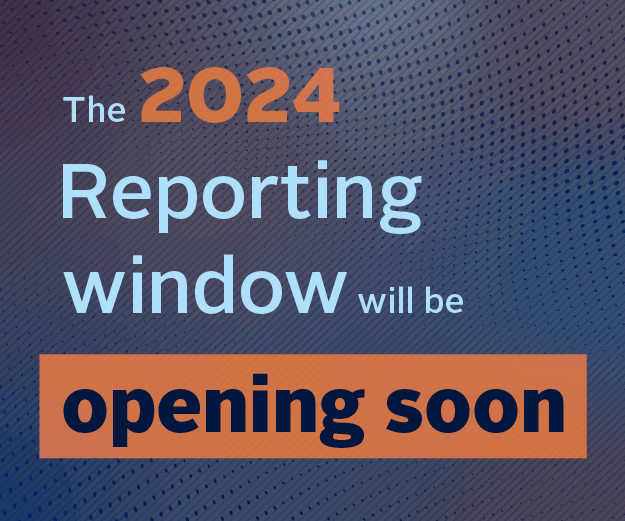The investments highlighted in this report cover different social and environmental themes for example clean tech, microfinance and sustainable agriculture and forestry
Such investments are sometimes referred to under the umbrella term of ‘impact investments’. They may also be referred to as sustainability-themed investments or ESG-targeted investments. Though there is no universal term, what these investments have in common is the expectation that they will generate positive social and environmental outcomes as well as attractive financial returns.
These types of investments are increasingly popular with PRI signatories. In the 2011 Reporting and Assessment process, 38 per cent of the participating asset owners reported that they made investments in social and environmental areas. The signatories included both corporate and non-corporate pension funds as well as insurance companies, development finance institutions (DFIs) and foundations, from all over the world.
The most common theme was clean tech, with investors making allocations to, for example, renewable energy, energy efficiency, water and waste technology. Investments in clean tech tend to be made through private equity although there are also examples of listed equities and fixed income investments. On the social side, microfinance remains popular with PRI signatories as well as other sectors such as global health, education and social infrastructure. While sustainable forestry has traditionally been an important asset class for many asset owners, sustainable agriculture is also gaining increasing attention.
Investors may choose to dedicate a certain percentage to investments in social and/or environmental areas as separate from their overall asset allocation. Others will look for investments in these areas across asset classes and investment teams. Asset owners may find these investments attractive because it is a way that they can contribute to sustainability in the long term while meeting their risk/return needs. These investments can also improve their overall risk/return profile and provide diversification benefits, however this is not always the case.
As the case studies in this report show, allocations are often small in comparison to investors’ entire AUM. While many are planning to increase the size of their investments, they are constrained by issues such as deal size, lack of historical performance data, lack of knowledge about these investment areas as well as high real or perceived risk levels. However, as investors get to know these investment areas better, many have found that the risks associated with these investments may not be as high as they were initially perceived to be and that investments can generate healthy financial returns (see for example the Obviam and CalPERS case studies).
Moreover, investors are finding solutions to overcome some of the other challenges, for example through collaborative investments and public-private partnerships (see for example PKA which has made collaborative investments with other pension funds and DFIs). There are also positive benefits for investors in communicating with their pensioners and other stakeholders on these investments (see PGGM and Christian Super for examples of reporting and marketing).
Most of those interviewed for this publication were clear that government policies which help to mitigate investment risk are key to making the allocations. For example, the Obviam case study shows that when the public sector underwrites a part of the risk of running sustainable businesses, then these investments become more attractive to investors and ensure capital follows into them, particularly in the emerging markets. Policies and subsidies related to renewable energy have been a key factor in making such investments attractive in parts of the world such as Europe, the US and Brazil. See for example the PKA case study where the Danish government guaranteed the price of electricity.
In conclusion, and as the following case studies show, attractive opportunities already exist for asset owners wishing to match long term risk/return needs while contributing to solutions for sustainability challenges. These investments remain relatively small as many barriers and difficulties exist. However, investors and public policy makers are finding ways to overcome them.













